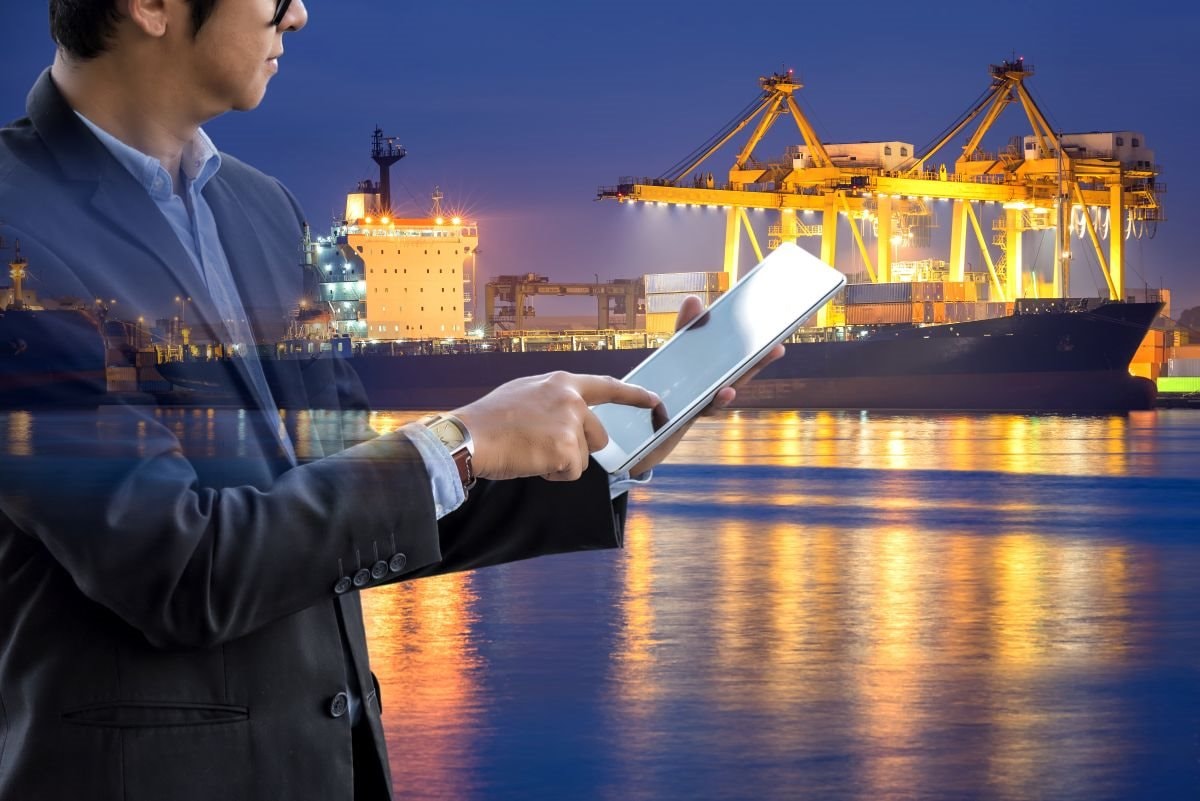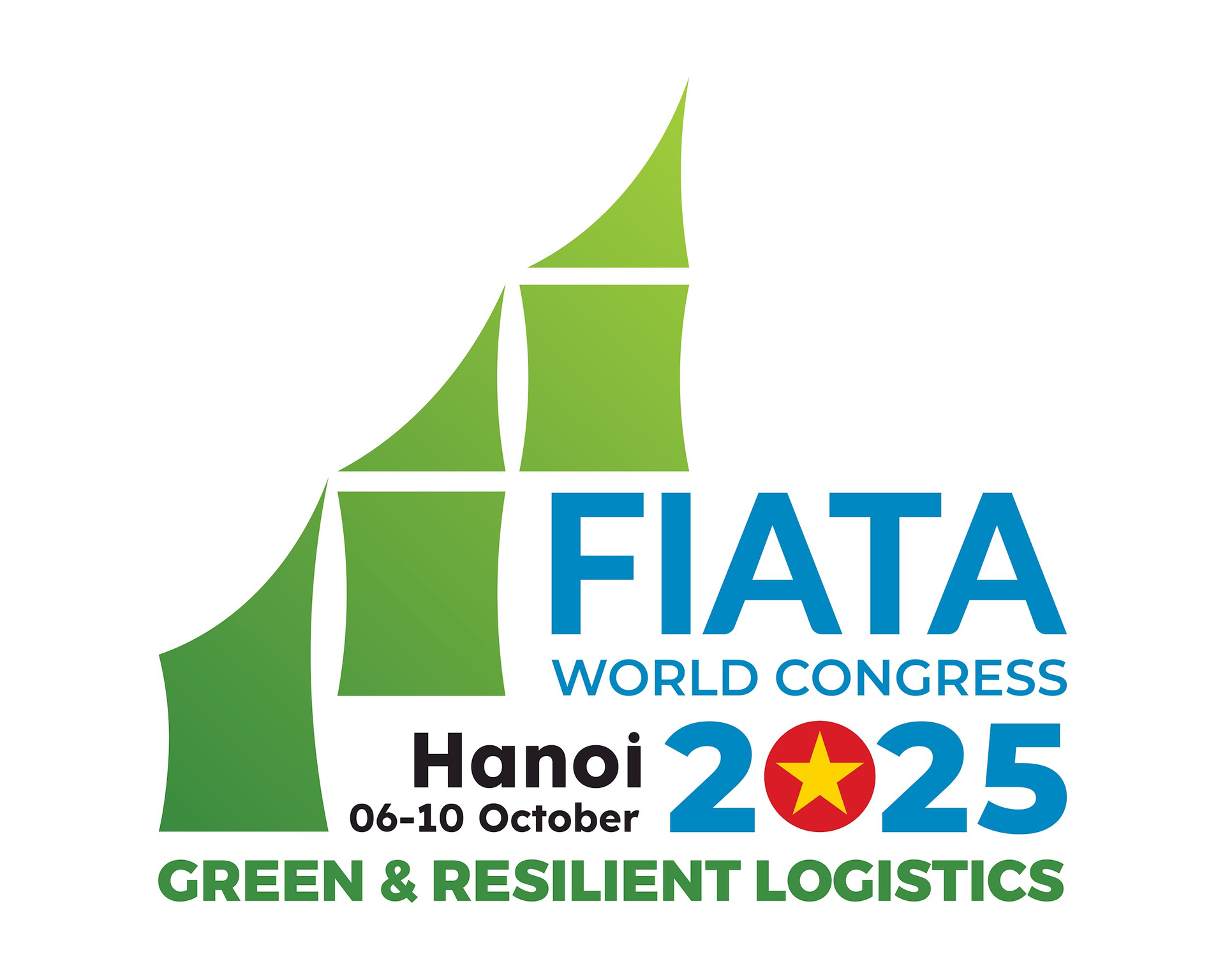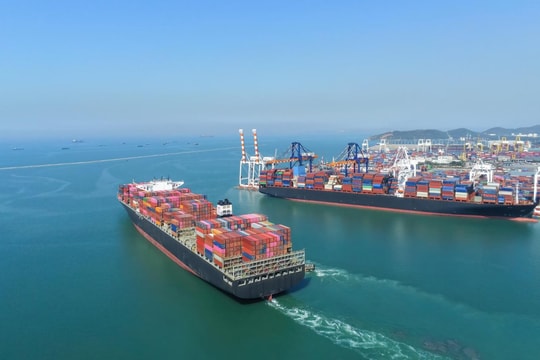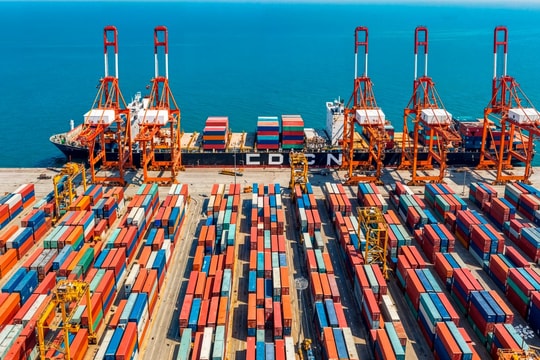
Alongside the positive signals from FTAs and the strong growth of the market, Vietnam's logistics industry still faces factors that need to be addressed for sustainable growth.
Overview of Vietnam's Logistics Industry
The logistics industry in Vietnam plays a crucial role in connecting regional and global economies. With a growth rate of 14-16% annually, the logistics sector in Vietnam has solidified its importance in boosting exports, production, and domestic consumption. From an underdeveloped sector at the beginning of the 21st century, logistics now accounts for approximately 4-5% of Vietnam's GDP and is expected to become a key industry in the national economy. However, despite strong growth, the industry still cannot meet the increasing demand of the market, especially as Vietnam participates in major free trade agreements like EVFTA or CPTPP.
Opportunities from Free Trade Agreements (FTAs) and Geopolitical Location
Vietnam’s participation in FTAs such as the CPTPP, EVFTA, and RCEP has created significant opportunities for the logistics industry. These agreements not only help expand export markets but also provide opportunities for technology transfer, enhancing competitiveness and attracting international investment. As a result, local logistics companies can access high-quality services, techniques, and products from international partners, boosting productivity and improving service quality.
Moreover, Vietnam’s geographic location, positioned centrally within Southeast Asia, offers an advantage for connecting regional countries with global markets. Major ports such as Hai Phong, Cai Mep, and Ho Chi Minh City not only serve Vietnam’s import-export needs but also act as crucial transshipment hubs in the international supply chain. This connectivity will be a powerful driving force for the logistics industry to further develop during the integration period.
“The logistics industry is an essential factor in driving national economies, helping to connect production with consumption, while also facilitating international trade. Improving logistics capacity will help countries not only attract investment but also increase their competitiveness in the global market.”
— Source: SCMR

Challenges Facing Vietnam’s Logistics Industry
Despite many opportunities, Vietnam’s logistics industry faces several significant challenges that need to be addressed. One of the prominent issues is the lack of synchronized infrastructure and inadequate connectivity. Although Vietnam has made considerable investments in its transportation infrastructure and ports, the system still cannot meet the fast-growing demands of the industry. According to the Ministry of Industry and Trade, the transportation infrastructure, especially the road and rail systems, still has many weaknesses, affecting the efficient and timely movement of goods.
Additionally, logistics costs in Vietnam are still much higher than in other countries in the region. Factors such as transportation costs, warehousing, and complex administrative procedures make Vietnam's logistics industry less competitive compared to countries like Thailand or Singapore. According to Inbound Logistics, logistics costs in Vietnam account for about 20% of GDP, while the global average is around 10-12%.
Furthermore, Vietnam's logistics industry faces a severe shortage of skilled and professional labor. As Industry 4.0 advances, the demand for technology in the logistics industry continues to rise, while the current workforce is not sufficiently equipped to meet these requirements.
Strategies for Developing Vietnam’s Logistics Industry
To fully take advantage of opportunities from integration and overcome challenges, Vietnam’s logistics industry needs to focus on robust and sustainable development strategies. Firstly, investing in information technology, automation, and the application of artificial intelligence (AI) in supply chain management is essential to improve efficiency and reduce costs. Systems such as Warehouse Management Systems (WMS), Transportation Management Systems (TMS), and new technologies like Blockchain will help enhance transparency and efficiency in operations.
Next, improving transportation infrastructure, ports, and warehousing is a key factor to increase the industry’s competitiveness. Along with accelerating construction and infrastructure upgrading projects, there is a need to enhance connections between domestic and international ports and industrial zones.
Moreover, Vietnam’s logistics industry needs to focus on developing high-quality human resources through training programs, collaboration between businesses and educational institutions, and creating a favorable working environment to retain talent.
FWC 2025: AN OPPORTUNITY TO ADDRESS LOGISTICS INDUSTRY CHALLENGES
The FIATA World Congress 2025 (FWC 2025) will be held in Hanoi, Vietnam, from October 6-10, 2025, gathering global logistics experts and businesses. The event will focus on critical issues in logistics and supply chains, such as the application of advanced technologies, building resilient supply chains, and sustainable development. This is a great opportunity for businesses to update trends, exchange solutions, and connect with international partners as the logistics industry faces numerous challenges.

Vietnam’s logistics industry has immense growth potential thanks to the opportunities from integration and its strategic location. However, to achieve sustainable development and deeper integration into the global market, Vietnam needs to address challenges related to infrastructure, costs, and human resources. Strong investment in technology, infrastructure improvement, and the development of a skilled workforce will help Vietnam’s logistics industry stay resilient in the future. Only by implementing these strategies can Vietnam fully leverage its potential and play a key role in the global supply chain.





.jpg)


.png)












